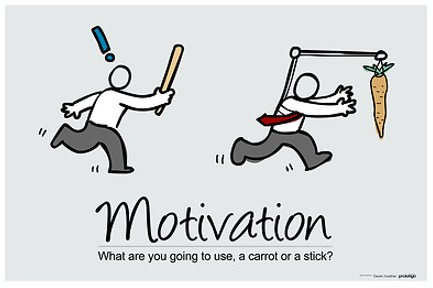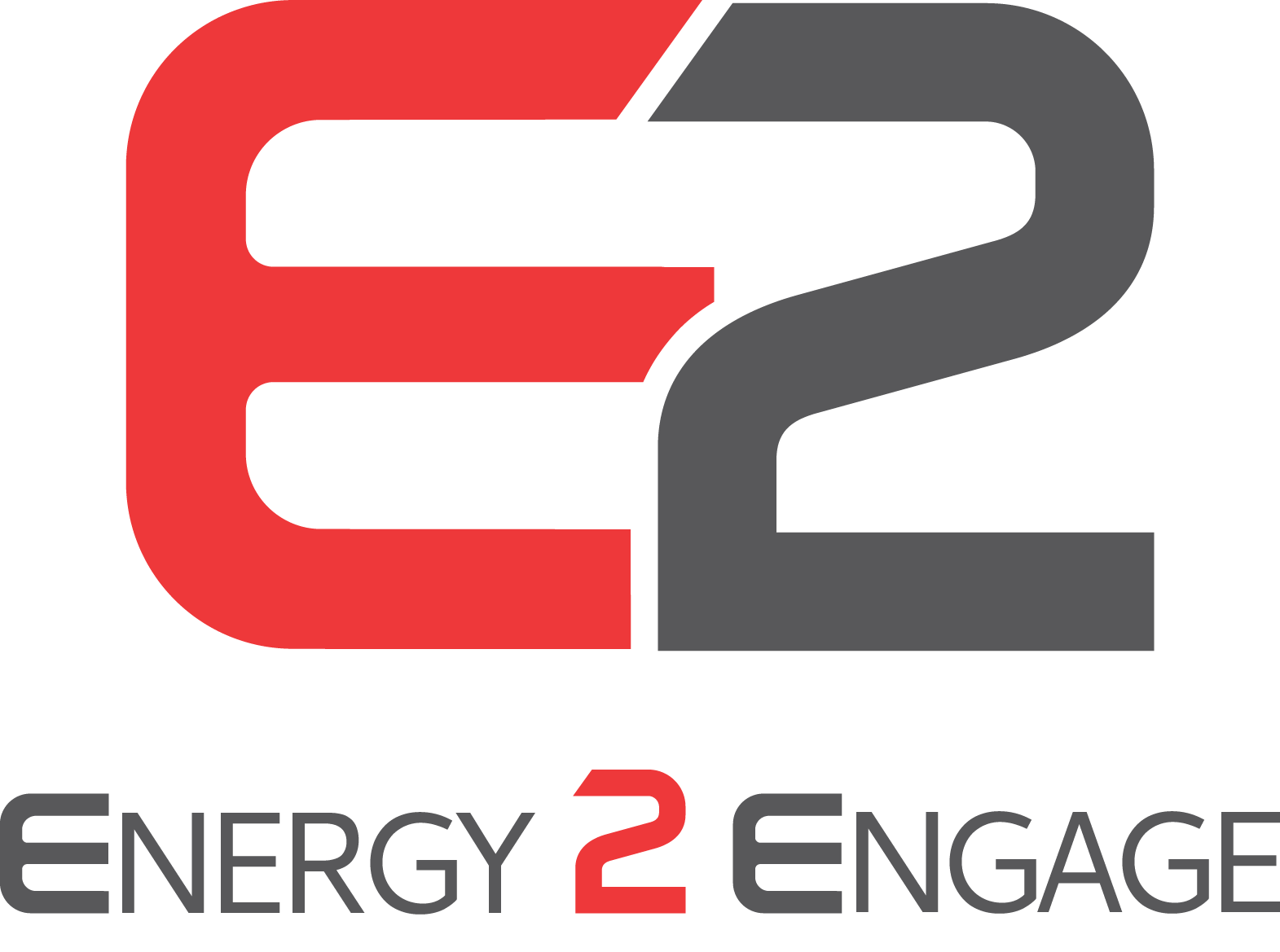Motivation and engagement are critical components of any business strategy, whether you’re targeting sales teams, sales channel partners, co-workers or employees.
So where does your workforce stand?
There are plenty of theories dedicated to understanding engagement, motivation, company culture and lifestyles. Below takes a closer look into McGregor’s Theory and how E2 believes this theory can inherently affect the bottom line of your business.

Who is this McGregor fellow, anyway?
Douglas Murray McGregor was a management professor at the MIT Sloan School of Management in the 1940’s and 1950’s. His book, The Human Side of Enterprise, gave a new perspective on how a manager’s personal beliefs could significantly affect employees. He developed his work around the same time period as Abraham Maslow – creator of Maslow’s hierarchy of needs – which influenced McGregor’s Theory X and Theory Y.
McGregor's Theory X:
McGregor’s Theory X assumes that all employees are lazy – they have no ambition, are only looking out for themselves and are not interested in taking on additional responsibilities. The employee is working only to receive a paycheck – they will do their job just enough to satisfy the requirements, but never go above and beyond with any task.
A serious adverse side effect of Theory X is the constant distrust between employees and management.
Overview of Theory X:
- Employees are lazy
- Leadership uses command and control for results
- Management uses a combination of rewards and punishments to gain the desired behaviors from workers
- Assumes that workers are only inspired by money and power
McGregor's Theory Y:
With McGregor’s Theory Y, employees are viewed as an organization’s most valuable asset – without them, a company’s success is at risk. In contrast to Theory X, employees take pride in their work and enjoy what they do. Instead of working for a paycheck, they work in order to create a better life for themselves and to grow as an individual.
Theory Y requires open communication between management and employees. It works best when management has developed a relationship with their workforce to the point where they are able to trust their employees to complete the tasks accurately as instructed
Overview of Theory Y:
- Employees are self-motivated
- Leadership uses open communication and collaboration for results
- Management uses specific rewards that motivate each individual employee to gain the desired behavior
- Assumes that workers are inspired by a nurturing environment
How does this apply to me?
McGregor’s Theory lays down two distinct pathways to success within a company. One allows for open communication, flexibility and creativity. The other exercises control and power.
McGregor’s Theory Y provides a solid framework on how to begin cultivating engagement and motivation. When thinking through your organization’s structure – do you view your employees as inherently lazy or self-motivated? E2 uses this framework to help your company build a comprehensive plan.
While it’s difficult for some organizations to fully embrace Theory Y as it requires them to place a great deal of trust in their team, the companies that do are the ones that are able to create lasting motivational strategies.
Help Me?
After years of analyzing client, we can safely say that E2 recommends the path of Theory Y for any organization. Theory Y allows you to employ several key principles that will ensure your company’s bottom line success. Adopting a theory that encourages your employees to be ambitious, responsible and go above and beyond allows a management team to foster collaboration, encourage open communication, create high productivity
The goal is to continue fostering these principles and provide long-term motivation for your team. With E2’s employee engagement or sales growth programs, you can start motivating your workforce with rewards that truly inspire them.




.png?width=900&name=CTA%20Rewards%20Program%20%20(2).png)